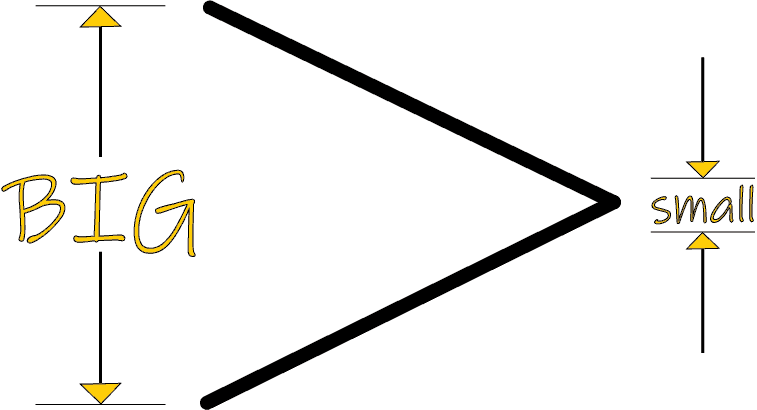
He needs to make sure that he has $2 left over to pay back his friend. Jeff has $20 in his pocket and wants to buy a present for his sister. This would mean that there would be a need to use two symbols. There are many different situations in which a range of values would be acceptable. This means that the amount of juice is greater than or equal to zero as well as less than or equal to 12 cups!Ġ cups ≤ amount of juice ≤ 12 cups Combining Symbols Remember that pitcher that hols 12 cups of juice? We know that 12 cups is the greatest amount it can hold, but what is the least amount? It can have no juice in the pitcher. We can use the previous examples to show this. However, you can use more than one symbol to indicate a range. What About Zero?Īs you learn about inequality symbols you often use one at a time. The phrase “at least” is commonly used when working with greater than or equal to. If you are shorter, or less than 4 feet tall you are not allowed to ride. If you are 4 feet tall you can ride the ride and if you are taller you may ride. Using the symbols it would look like this: Thus, the data illustrate both natural factors and human additions of CO 2.If you have ever been on a roller coaster ride or been to an amusement park you may have seen a sign that said “You must be at least 4 feet tall to ride this ride”. At a larger scale, the upward climb of the trend line over the decades is caused by CO 2 emissions, primarily from burning fossil fuels. This boom-and-bust cycle of plant growth gives the graph of CO 2 a sawtooth pattern of ups and downs from year to year. See the cycle in action in the visualization Watching Earth Breathe: The Seasonal Vegetation Cycle and Atmospheric Carbon Dioxide. However, because there is a lot more land and vegetation in the Northern Hemisphere than the southern, the global seasonal cycle more closely aligns with the northern pattern. Spring growth starts in September and winter decomposition begins in March, so CO 2 records in the Southern Hemisphere show the opposite pattern of that seen in Mauna Loa. Much of the plant matter decomposes, releasing CO 2 back to the atmosphere.Ī similar but less intense pattern repeats in the Southern Hemisphere in opposite seasons. In northern autumn, plant growth stops or slows down, and the whole process reverses itself. This begins the process of lowering the amount of CO 2 in the atmosphere. In Northern Hemisphere spring, plants come to life and draw in CO 2 to fuel their growth. This annual rise and fall of CO 2 levels is caused by seasonal cycles in photosynthesis on a massive scale. Although total CO 2 is increasing each year, there is also a short-term cycle visible within the larger trend.

#More than sign series
CO 2 Through the SeasonsĪ closer look at the carbon dioxide measurements at Mauna Loa shows a series of wiggles in the data. This data provides insights into the significant rise in atmospheric CO2 concentrations, highlighting the impact of human activities on Earth's climate. These measurements are from the mid-troposphere, the layer of Earth's atmosphere that is 8 to 12 kilometers (about 5 to 7 miles) above the ground. It's important to understand that “parts per million” refers to the number of carbon dioxide molecules per million molecules of dry air. Note the colors change as the amount of CO 2 rises from 365 parts per million (ppm) in 2002 to over 420 ppm currently. The animated map shows how the historical changes in global carbon dioxide over time. This human-induced rise is greater than the natural increase observed at the end of the last ice age 20,000 years ago. Since the onset of industrial times in the 18th century, human activities have raised atmospheric CO 2 by 50% – meaning the amount of CO 2 is now 150% of its value in 1750. The second graph shows CO 2 levels during Earth’s last three glacial cycles, as captured by air bubbles trapped in ice sheets and glaciers. The first graph shows atmospheric CO 2 levels measured by NOAA at Mauna Loa Observatory, Hawaii, since 1958.

Human activities have raised the atmosphere’s carbon dioxide content by 50% in less than 200 years.Ĭarbon dioxide (CO 2) is an important heat-trapping gas, also known as a greenhouse gas, that comes from the extraction and burning of fossil fuels (such as coal, oil, and natural gas), from wildfires, and natural processes like volcanic eruptions. Carbon dioxide in the atmosphere warms the planet, causing climate change.


 0 kommentar(er)
0 kommentar(er)
